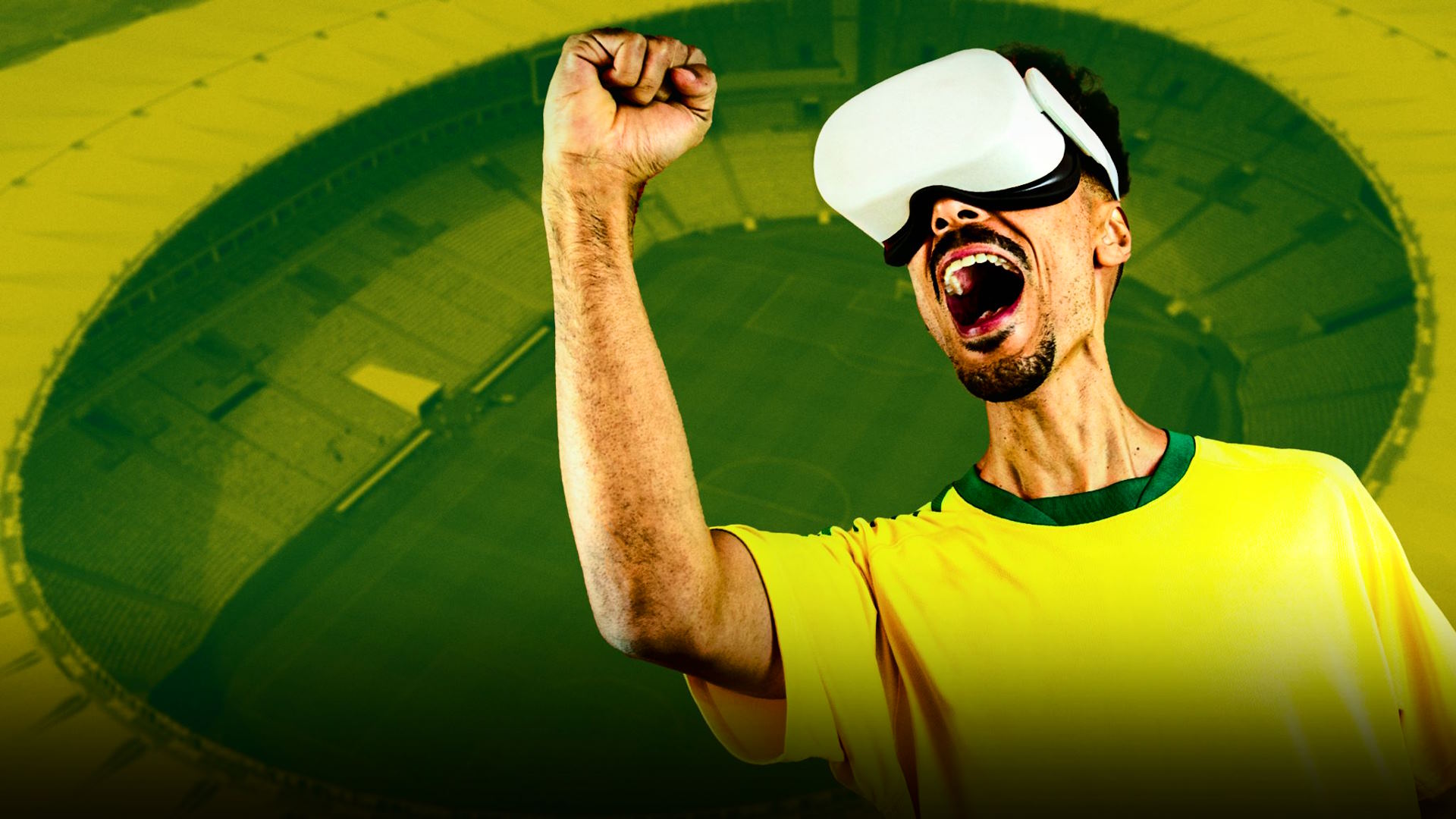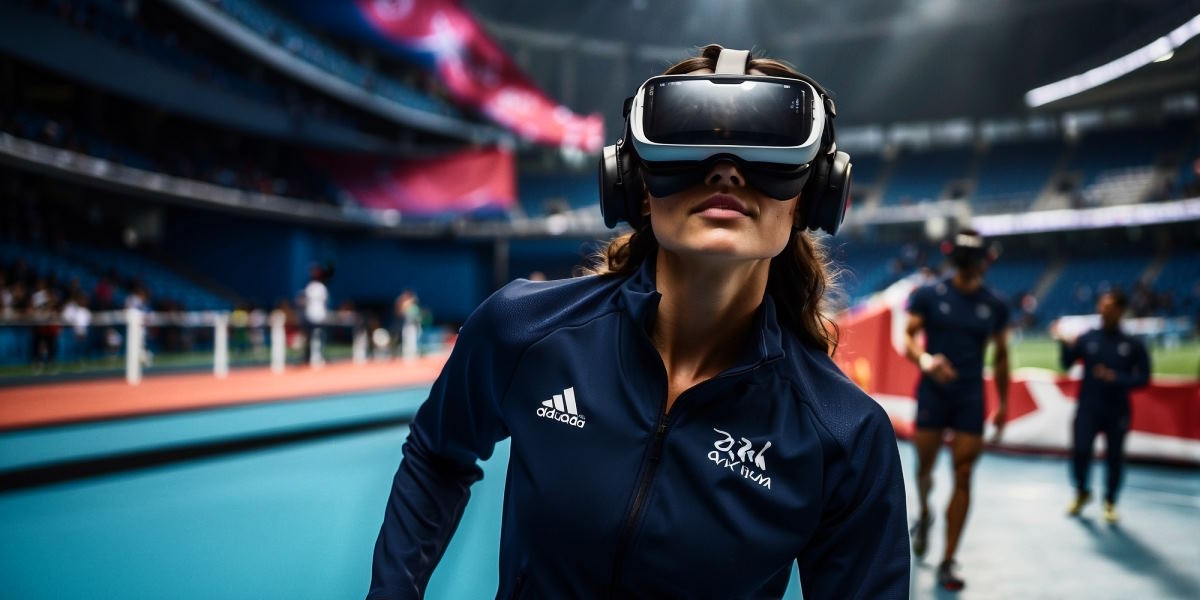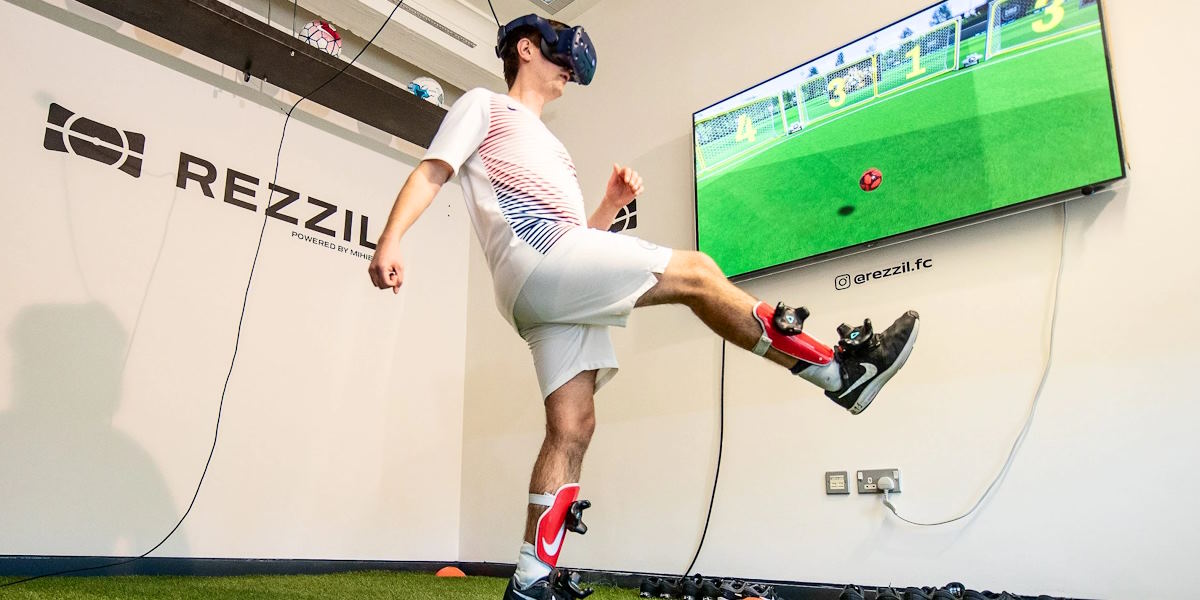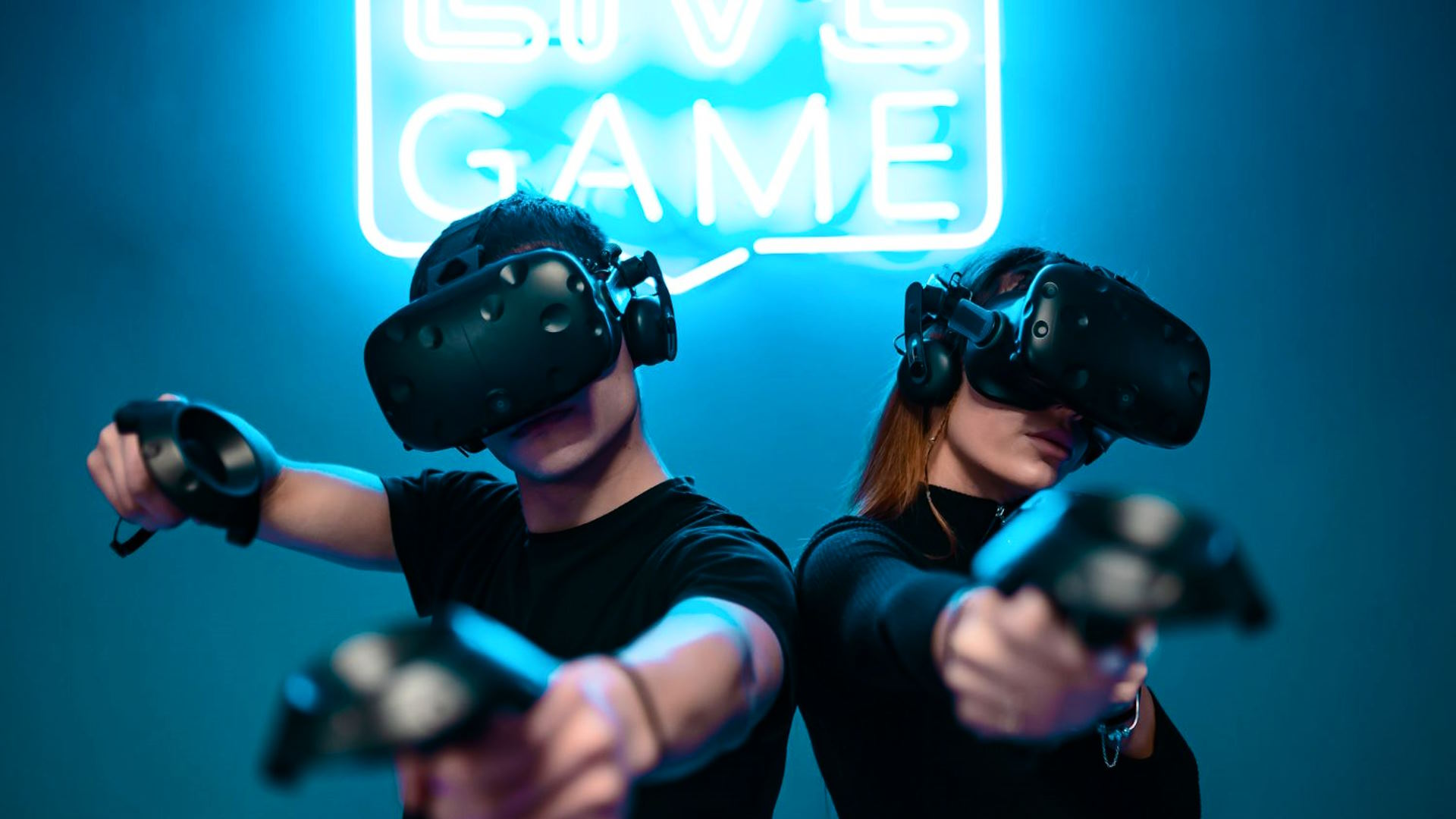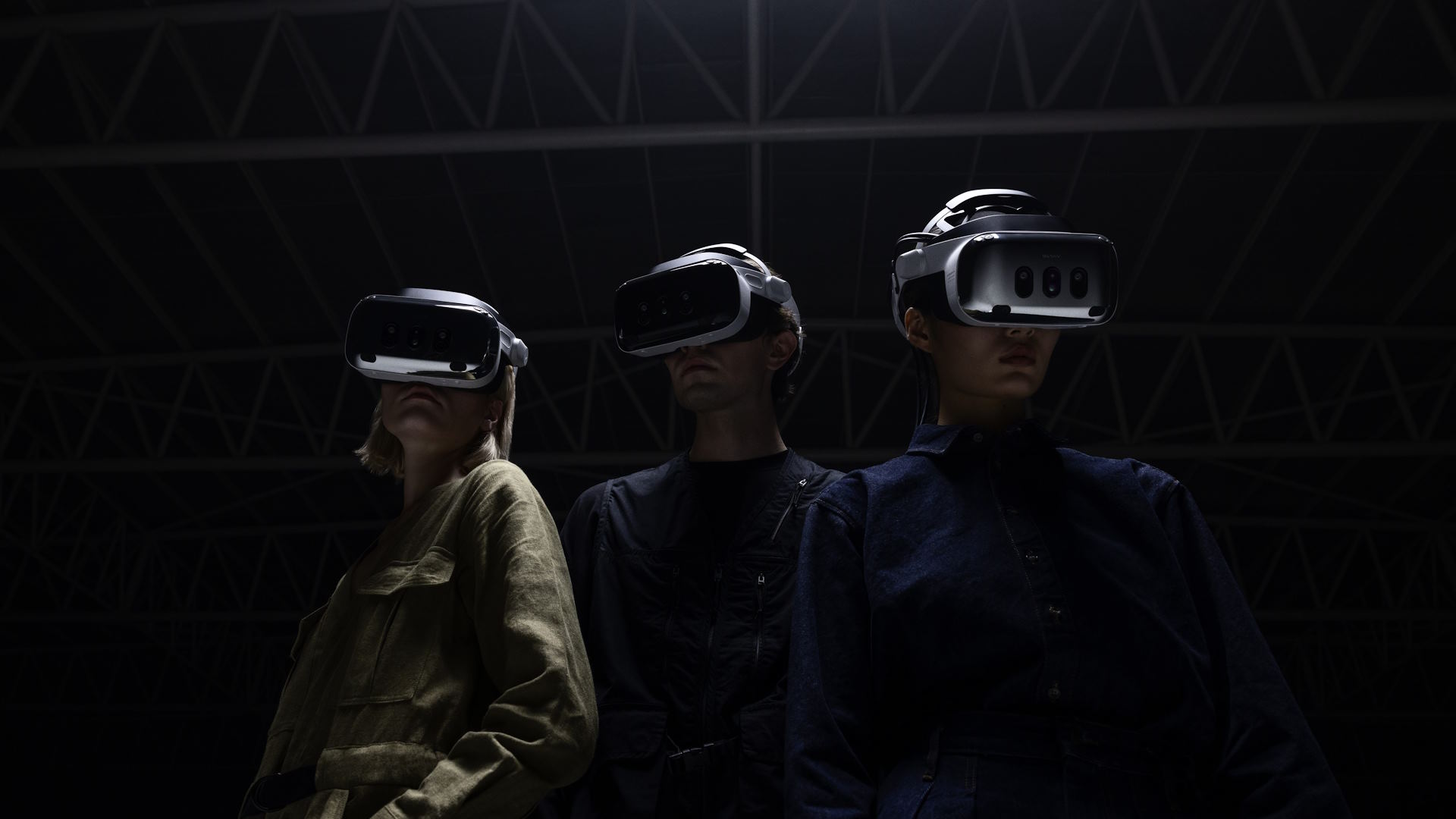Virtual Reality (VR) has become an essential tool in the sports world, offering innovative ways to simulate realistic environments for both training and rehabilitation. From enhancing sports strategy to aiding in injury recovery, VR technology is redefining how athletes and teams approach their performance. In this article, we will explore interactive VR scenarios for sports strategy and tactics, the use of realistic player movements and biomechanics in VR, and how VR is used for injury rehabilitation in athletes.
Interactive VR Scenarios for Sports Strategy and Tactics
One of the most exciting applications of VR in sports is its ability to simulate real-time game scenarios for strategy and tactics. Coaches and athletes can use VR to prepare for upcoming games or improve tactical decision-making.
- Simulation of Game Situations: VR allows athletes and teams to virtually “experience” game conditions without stepping onto the field. From practicing plays to analyzing opposing team strategies, VR helps athletes understand complex game situations and refine their responses.
- Tactical Training: Using VR, players can visualize different play strategies in 3D, making it easier to understand spatial relationships and timing. Coaches can create custom scenarios based on the specific needs of the team.
- Real-Time Decision Making: VR provides a safe environment for athletes to test various decisions, offering instant feedback to improve their decision-making skills under pressure.
These interactive VR scenarios are revolutionizing how athletes approach game preparation, enabling them to practice without the limitations of physical space or real-world constraints.
Realistic Player Movements and Biomechanics in VR
The integration of realistic player movements and biomechanics in VR has taken sports simulations to the next level. By capturing the precise movements of athletes, VR can create highly accurate and immersive simulations that mirror real-life sports performance.
- Motion Capture Technology: VR uses motion capture sensors to track the biomechanics of athletes. These sensors record detailed movement data, allowing VR systems to replicate these movements within the simulation with high accuracy.
- Training with Correct Form: By mimicking real-life motions, VR helps athletes focus on proper form and technique. This not only improves performance but also reduces the risk of injury by ensuring that players are using their bodies correctly during training.
- Injury Prevention: VR simulations that incorporate accurate biomechanics can also help in identifying faulty movement patterns. Athletes can be coached to correct these patterns before they result in injuries.
By combining biomechanics with VR, athletes can experience more natural and realistic virtual training sessions, improving their overall performance and preventing injuries.
Using VR for Injury Rehabilitation in Athletes
In addition to training, VR is becoming an increasingly important tool for injury rehabilitation. By offering a controlled, immersive environment, VR helps athletes recover more efficiently and safely.
- Simulating Movement Post-Injury: For athletes recovering from injuries, VR allows them to simulate the specific movements required for their sport without the risk of overexertion. This is particularly beneficial for athletes recovering from joint or muscle injuries.
- Rebuilding Strength and Coordination: VR can guide athletes through exercises designed to rebuild strength, mobility, and coordination in a way that is tailored to their specific rehabilitation needs.
- Psychological Benefits: VR rehabilitation also offers psychological benefits by providing athletes with a sense of progress during their recovery. It can help athletes stay motivated by showing them how their movements improve over time.
VR is offering athletes a safe and engaging way to recover from injuries while also optimizing the rehabilitation process.
The role of VR in sports simulations is transforming how athletes train, recover, and improve their performance. By creating interactive VR scenarios for sports strategy, simulating realistic player movements and biomechanics, and enhancing injury rehabilitation, VR is becoming an indispensable tool in modern sports. As technology continues to evolve, the future of VR in sports looks promising, offering even more ways for athletes to push the boundaries of their capabilities and achieve peak performance.


